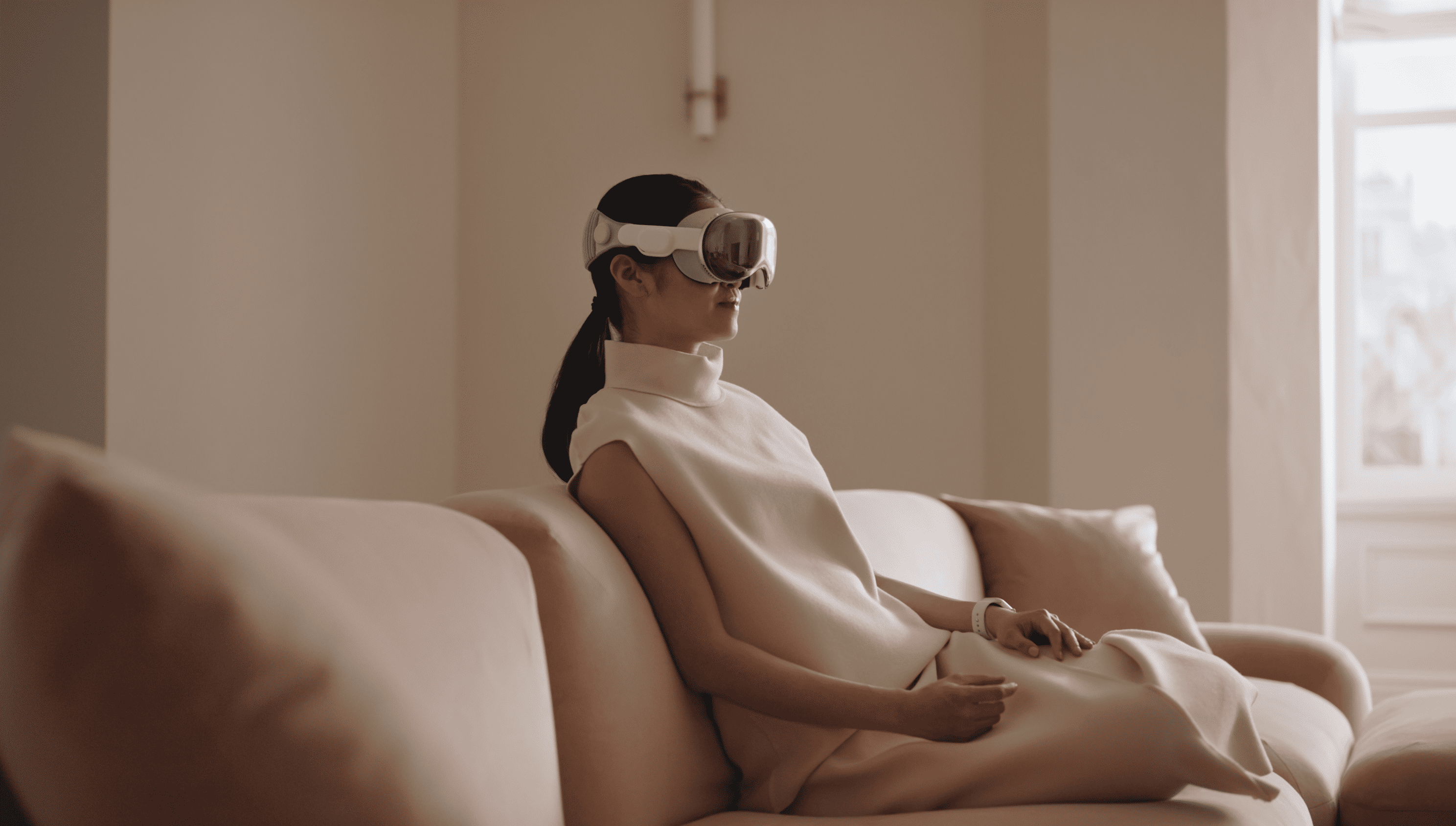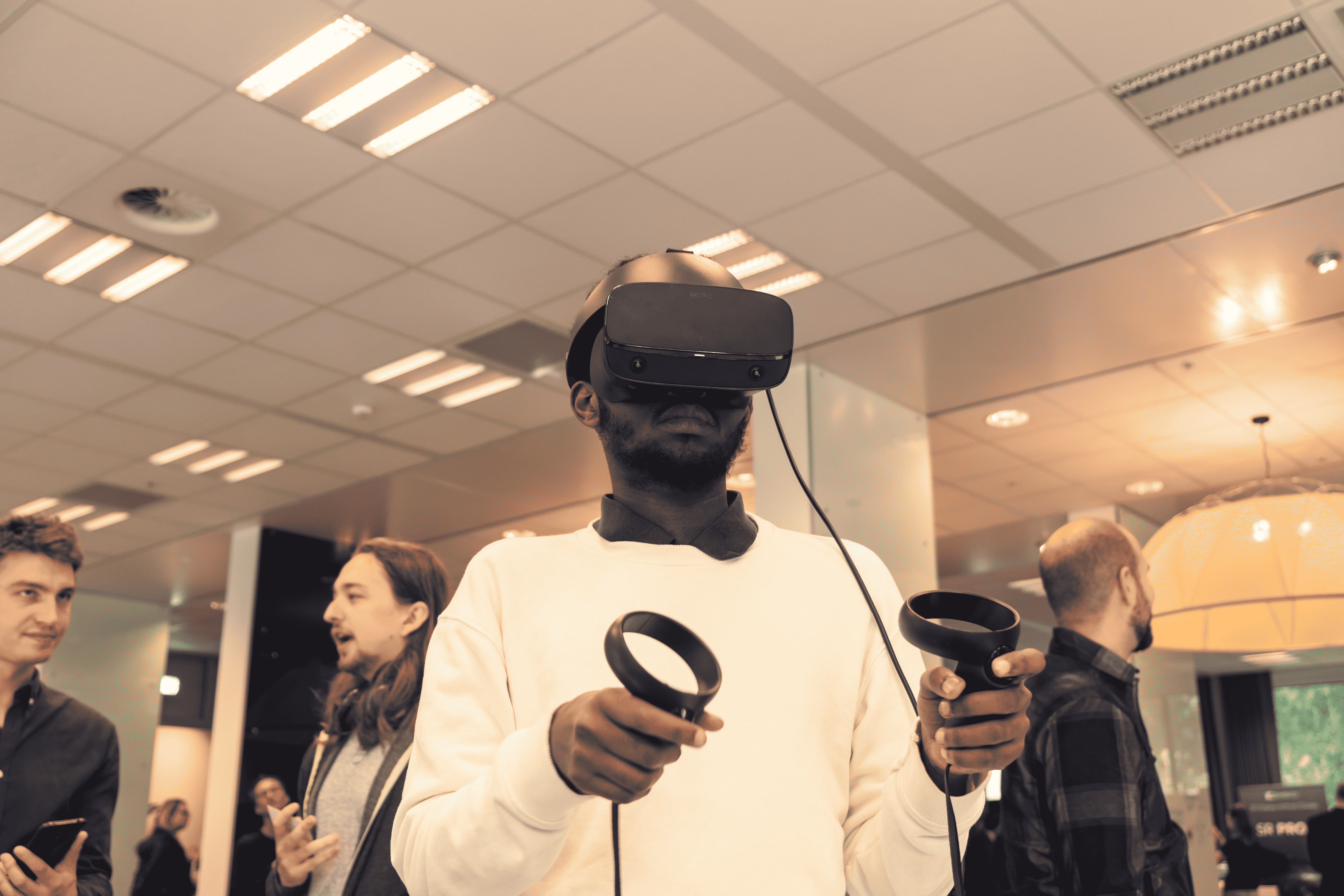
The Dutch are known as ‘early adopters’. We love to opt for devices with the latest features. But we tend not to take data security very seriously. German psychologists from the universities of Bremen and Bochum have come to the conclusion that you can give people a much better insight into this if you can visualize the data flows in the home.
Smart Home applications are gaining in popularity. Digital assistants such as Alexa or Siri, smart fridges, and video cameras in the baby’s room have found their way into our homes en masse. Dutch consumers now have €1.7 billion worth of smart home appliances in their homes, according to a large-scale survey by Multiscope involving 4,700 people in the Netherlands.
However, users of these so-called domotics (domestic automation) in a network are usually unaware of the risks they are running when it comes to data protection and information security. They often tolerate these risks because the security settings of a device are far too complicated. The project team therefore researches and develops novel, easy-to-understand and easy-to-use data protection solutions.
The key is ‘psychological learning’ and ‘decision-making principles’, aimed at improving the design of smart home systems. In the subproject “Usable security in smart homes: motivation, competence, decisions,” the Ruhr Bochum University team researches, among other things, who exactly uses these types of smart home appliances and for what purpose.
“Because whether or not and to what extent users actually take IT security and data protection into account when configuring their devices is not at all dependent on their personal motivation,” says Malte Elson from the research team.
Seeing is understanding
The researchers want users to regain control of their smart home systems and better protect their privacy that way. To this end, they are primarily focusing on visualizing the various processes and systems. In their opinion, this works much better than written instructions.
“Animated representations, for example of privacy settings, can play a decisive role in clarifying smart home technologies,” says Malte Elson. Essentially, the team wants to evaluate how easily understood certain visualization techniques of system and security functions actually are.
For instance, new technologies can help visualize data flows on a smartphone, explain settings clearly, and simulate the consequences of the selected options in advance. Augmented reality is particularly well-suited to this.
Viewing data streams in your home on your smartphone
You can literally view the data streams in your home on your smartphone within this virtual reality. That way you can see exactly which devices a family member has access to and what the consequences can be if any personal data is disclosed. This also makes it easy to determine what your children can and cannot do in your digital home environment and on the internet.
Manufacturers of smart-home products are also collaborating on the interdisciplinary project. This offers them the opportunity to turn data protection around from being an annoying liability into a valuable selling point.







